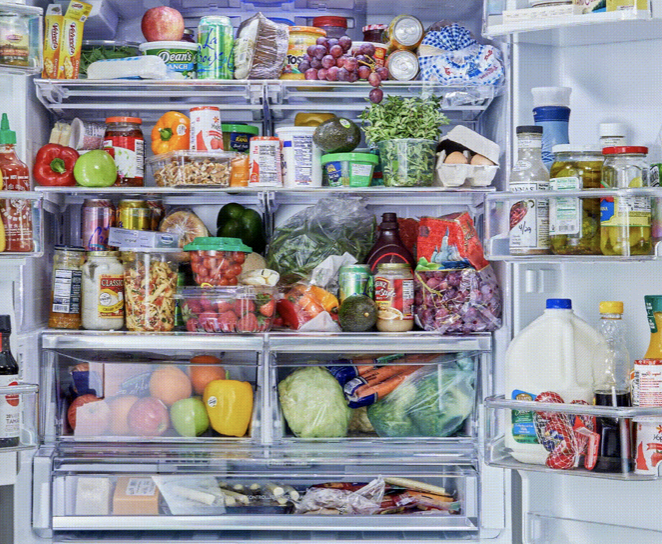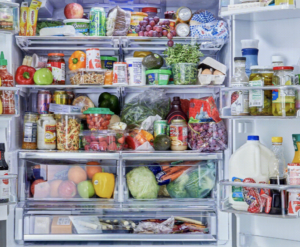
Eating less plastic
Thousands of chemicals, depending on the product, are used to make it harder, softer, or more flexible. These chemicals include bisphenols, such as bisphenol A – BPA and phthalates, which can flow into the food touched by plastic, especially when that plastic is warmed.
Any plastic item—bag or bottle, toy or chair—starts to come apart with use and time, breaking down into tinier and tinier fragments.
Most of the plastic produced hasn’t been recycled, but it’s not just old plastic that has disintegrated into particles that make their way into lakes, rivers, and oceans. Cracking open a brand-new plastic bottle or tearing a wrapper off a sandwich releases fragments of plastic that we might end up ingesting. Household dust can be full of microplastics—and it’s possible that you might kick this up into the air from your carpet and breathe it in. Plastic fibers even wash off clothes into our water supplies
“People have this idea that plastic is clean,” a sterile object that doesn’t come apart, says Sherri Mason, Ph.D., sustainability coordinator at Penn State Behrend in Erie, Pa., and a chemist who has studied the presence of plastic in tap water, beer, sea salt, and bottled water.
“It’s ironic that as public attention to this issue is really growing, global plastic production is increasing,” says Judith Enck, a former regional administrator for the Environmental Protection Agency, now a visiting professor at Bennington College in Vermont and president of Beyond Plastics, a nonprofit focused on ending plastics pollution. And as more plastic is produced and discarded, contaminating our water, food, and air, exposure levels for the average person will continue to rise.
What do you think?